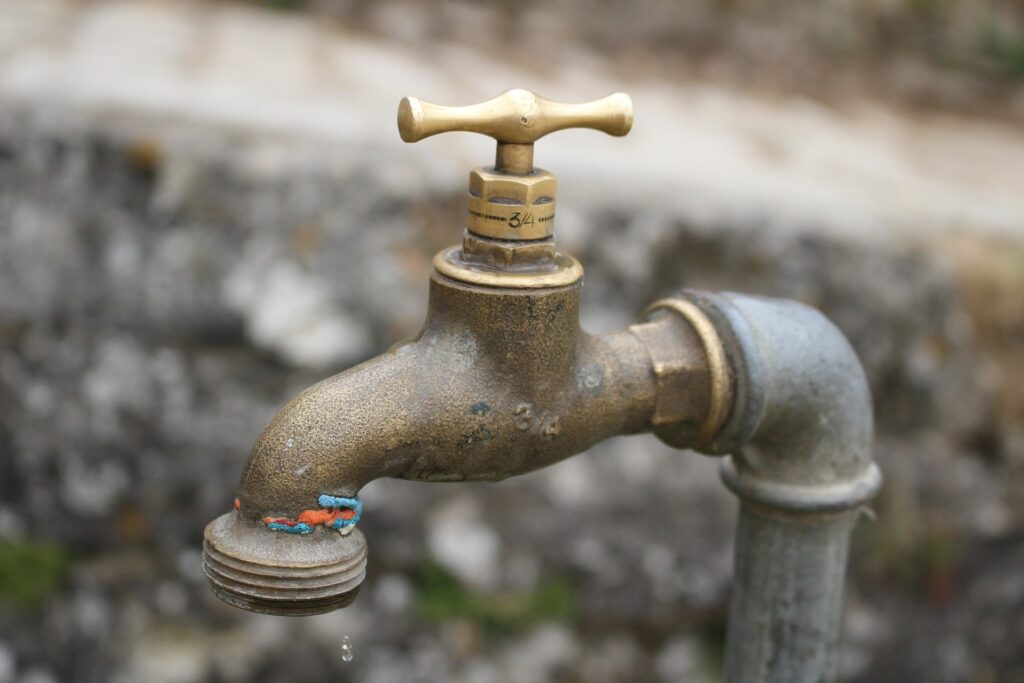Cash flow is the difference between income and expenditure over a certain period, such as over the past quarter or year. In business economics, cash flow represents the inflow and outflow of liquid assets. Is there more income than expenditure? Then the cash flow is positive. Is it the other way around? Then it is negative. In the Netherlands we also refer to the cash flow or money flow. This is independent of making a profit or loss. For example, if you have many outstanding invoices, it is best to make a profit over a period, while your cash flow is negative. The profit becomes positive when you send the invoice. The cash flow only becomes positive when that invoice has also been paid.

Do you want to improve your cash flow?
Calculate yourself
By calculating your cash flow, you know exactly where you stand, financially.
This is the formula:
Cash flow = incoming money flow – outgoing money flow
Consequences of negative or positive cash flow
Negative cash flow means that more money is going out than coming in. This may mean that you can no longer meet your own payment obligations and that you have to borrow money (which in turn costs money). In the short term this is not so bad, but in the long term it certainly has consequences. After all, no one wants bankruptcy.
With a positive cash flow, more money comes in than goes out. You can meet your own payment obligations and maybe even save or invest.
Causes of negative cash flow
When more money leaves the company than comes in, you have to look at the causes. This way you can switch before problems arise. Causes can be, for example:
- You sell less at prices that are too low;
- Invoices are paid late.
You can cope with the latter with strict debtor management. Try it for free!
Discover what tight credit management does to your cash flow!